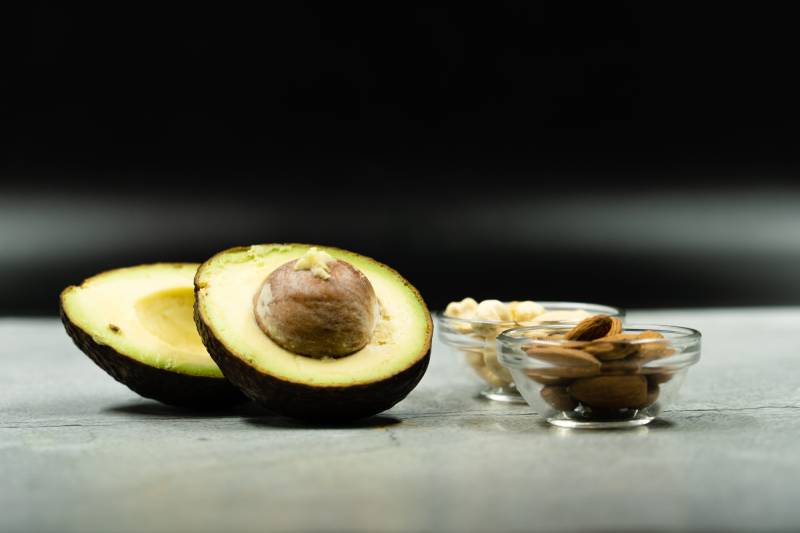The body needs to consume fat to grow and function well; your body uses fat for energy, to make hormones, and to keep your nerves healthy, among other things.
It is necessary to make sure that you come in for the correct types and amounts of fats.
Which is the best option?
The basic principle about fat is quite simple. Unsaturated fats are a better option than other fats. But should not be eaten in large quantities.
Fat has more than twice the calories per unit of measure than carbohydrates and protein.
Therefore, eating all-out fat can increase your calories excessively, which can cause you to gain too much weight. Being overweight or obese can cause serious health problems.
You could aim for a total fat between 25% and 35% of all the calories you eat in a day. If you eat around 2000 calories in a day, that’s mean you should be eating about 500 calories from fat.
Another way to measure it, the nutrition facts label on food packages indicates the% daily value, which is the day’s percentage of that food.
What types of fats should I eat?
Unsaturated fats
Unsaturated fats are the healthiest type of fat.
Make sure that most of the fats you eat are unsaturated fats.
Unsaturated fats also can be found in plant-based foods, such as avocados, walnuts, olive oil, peanut oil, canola oil, corn oil, and safflower oil. Fatty fish, such as salmon, herring, albacore tuna, trout, and mackerel, also have unsaturated fats.
Omega-3 fatty acids are a type of unsaturated fat that can improve heart health. It can be obtained by; fatty fish and the plant foods, such as canola oil, soybean oil, walnuts, and flaxseed.
Saturated fats
Saturated fats are often in fats that are solid at room temperature, such as butter. They are a type of fat that you should eat in small amounts.
Experts suggest that you get less than 10% of your calories from saturated fat. That is not much because small amounts of fat have a large number of calories. Look at the Nutrition Facts label to see the volume of saturated fat in foods.
Saturated fats are found naturally in red meats, such as beef, pork, and lamb. They also can be found in animal products, such as butter, ice cream, cheese, and milk (But not fat-free dairy because the fat has been laid-off). They come in foods like pizza, cakes, cookies, and hot dogs.
Saturated fats also can be found in palm and coconut oils. These oils are usually found or used in packaged cakes and cookies.
Trans fat
Trans fats are often can found in fats that are solid at room temperature, such as stick margarine. They are the type of fat that you should limit as much as possible.
Experts suggest eating as little trans fat as possible. The Nutrition Facts label on foods lists the amount of trans fat.
Trans fats are a form of solid fats like stick margarine. They also are found in fried foods, such as donuts and fried chicken.
Trans fats are found in some foods naturally but in small amounts. Sometimes they are added to food. When added, they may appear in the ingredient list as “hydrogenated” or “partially hydrogenated” oils.
Trans fats are sometimes can be found in packaged cakes and cookies.
Cholesterol
Cholesterol is a type of food that is similar to fat and must be limited.
Too much cholesterol can lead to health problems, such as heart disease.
Experts suggest eating less than 300 milligrams of cholesterol a day. The nutrition label on the back of a food package lists the amount of cholesterol.
Some ways to lower your cholesterol include; eating fewer products that come from animals, such as meat and ice cream.

